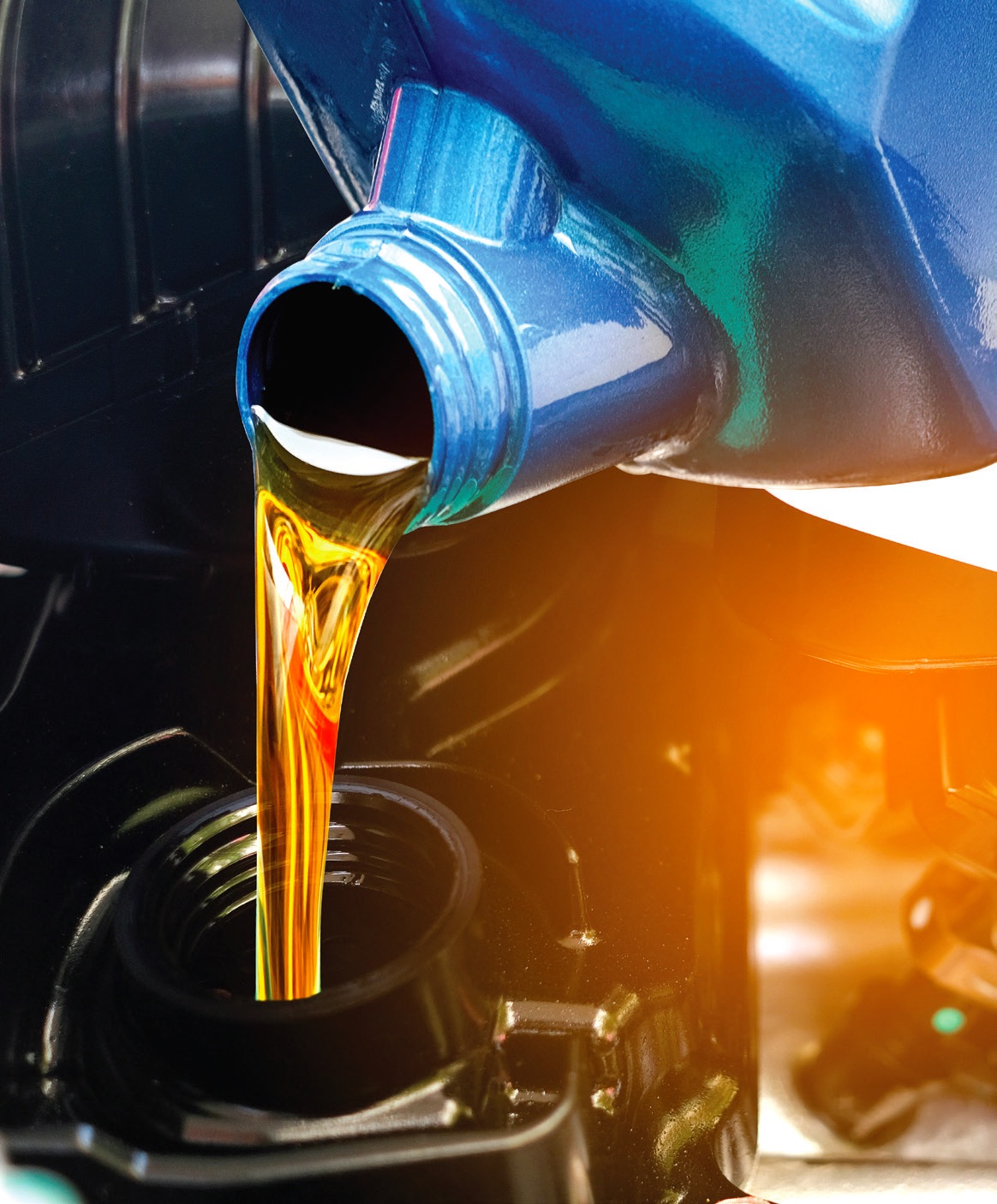Evolving industry specifications
Paul Hetherington | TLT President's Report February 2021
An opportunity, not an obstacle.

There are a host of benefits to these new specifications that do our industry a world of good.
When I was very young, one of my favorite games to play with other kids was leapfrog. The concept of being able to jump ahead by using another person as a springboard was a good way to gain distance. It is strange how our childhood games come back as metaphors for our working life 50 years later.
In the August 2020 TLT, I wrote an article on the changes in automotive engine oils and ILSAC GF-6 (shamelessly to show a picture of an oil can that has been in my family for over 60 years) and, more recently in the November 2020 TLT, an article on stationary gas engines, their recent developments and their new demands of oils. Change is all about taking the next leap forward—doing it boldly, committing to it and achieving a good outcome.
In this article, I want to talk more broadly about how our industry should view new pending specifications and why I am personally excited by them as an opportunity for us all to leap forward. New specifications enable our equipment to be more efficient, the sectors we support to be more efficient and, as lubricant specialists, our knowledge and learning to be advanced.
Innovating for the future
GF-6 is a great example to start with. We knew it was coming for many years, and while the industry magazines were full of anticipation and speculation, lubricant companies were setting up dedicated working groups to get ready to respond, and customers were starting to consider if the new engine oils would be backward compatible with their engines. There was a risk amid all that activity that the scale of the change, and what it signified in terms of technical advancement, was lost. When launched in May 2020, which feels like a long time ago already, the automotive market was flooded with new products that far exceeded the specification. Lighter-weight multigrade viscosity engine oils for modern engines had taken a stride forward, and consumers were the beneficiaries—from improved performance, decreased wear and tear, cars lasting longer and, frankly, less dollars needing to be spent.
Our customers’ pockets aside, there are a host of other side benefits to these new specifications that do our industry a world of good. For example, turning to the gas engine market, when a new improved product is produced, the machine needs fewer drain intervals, which, in turn, means less energy used, lower oil consumption and fewer emissions generated. Linked to that, if operators need less oil delivered, over time, that signals less trucks on our highways pumping emissions. We are making giant leaps forward in sustainability (oil consumption rates have dropped significantly in the past decade), and these new specifications are a genuine driver of that.
I’ll finish by using a recent example to cement my points. When the global leader in medium-duty fully automatic transmissions, Allison Transmission, Inc., announced it was setting a new standard for automatic transmission fluid, on-highway lubricant manufacturers knew it would be a tough new standard to comply with. Allison Transmission recently awarded a factory fill for the new specification, TES 668™, effective January 1, 2021, but its effect will likely be to drive new standards across the industry and encourage all lubricant manufacturers to go above and beyond to meet these new specifications.
So when a new specification is on the horizon, yes, there is a challenge to be faced, but try to consider it an opportunity—a chance to push yourself for our industry to move forward, for customers to get a better service. Try to remember how fun and satisfying leapfrog was when you were six years old in your parents’ backyard, and harness that feeling.
Paul Hetherington is manager technical services for Petro-Canada Lubricants in Peachland, British Columbia, Canada. You can reach him at paul.hetherington@hollyfrontier.com.